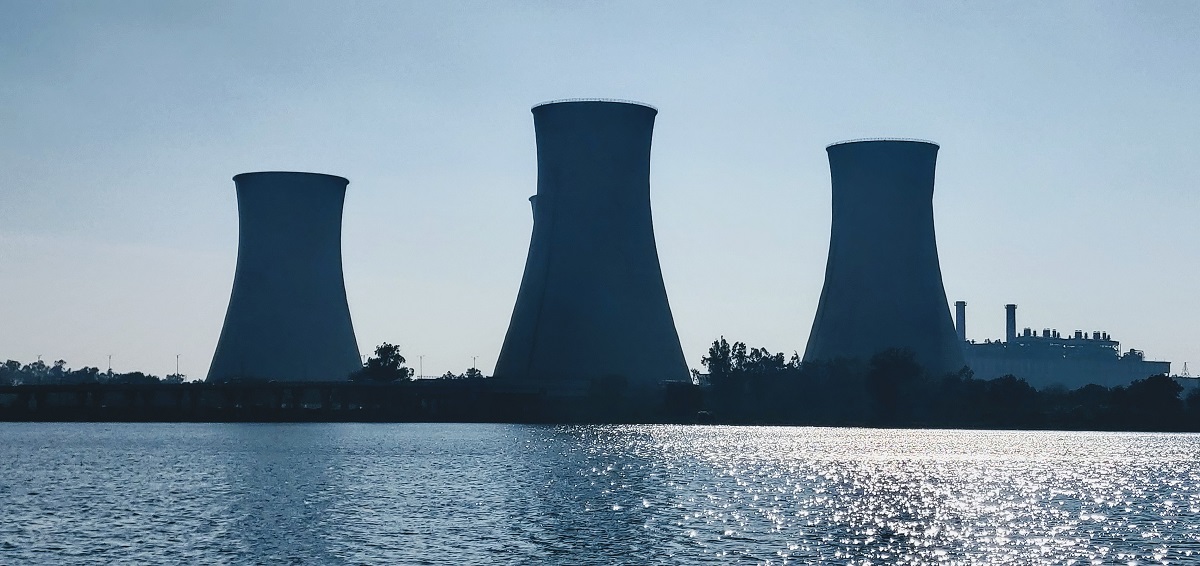If more than a year ago, the green agenda was a clearly defined strategy, today its framework is becoming loose. The intention of the European Union to thoroughly restructure the energy sector and to be based on green energy, but also to thoroughly change the way of life, is being redefined.
The war in Ukraine and the resulting energy crisis hit the EU and its economy the hardest. The euro has lost its value, member states are preparing for new challenges on every level. Attempts through political mechanisms to amortize the situation with a lack of energy, but also by slowing down the dynamics for the realization of the plan for the energy transition, gave limited results.
Concrete steps were necessary, so that the Russian gas, which is already less and less available in the EU, must be replaced with energy, now and quickly. The announcements for the declaration of nuclear energy and natural gas as green energy came true, with the decision of the EU.
Namely, certain use of natural gas and nuclear power is part of a taxonomy for sustainable energy sources, that is, of the EU sustainable economy classification system. It is this classification that aims to encourage green projects and reduce CO2 emissions according to the set time frames.
This move was received differently, while some justified it as a possible solution, others criticized the environmental consequences, especially the problems of dealing with nuclear waste. The critics even go so far as to interpret this decision as a favor to Russia in the natural gas segment.
However, regardless of how this decision is interpreted, it will have implications on the development of the economy, as well as investments in the next period. This decision may have opened a debate, but it will also have a positive impact on the energy transition and the dynamics with which it will take place. Nuclear energy and natural gas will bring a partial relaxation from the pressure felt by the economies, due to the lack of energy.
In addition, it will create better conditions for investment with these projects, with less pressure on investors. Even the big energy companies are not withdrawing from the projects in this segment, and there is increased interest in supporting innovative solutions that can be realized in the future.
Investments in green energy projects that can produce results in the medium and long term will take place in parallel, while the current energy demand will be met by a different energy mix. Green energy and the energy transition remain an attractive segment for investment, and financial institutions continue to provide support for these projects. The International Energy Agency estimated that this year funds for renewable energy projects will be increased by 12%. In particular, an increase in investments in these projects is expected in developed economies, including the EU.
Through its financial mechanisms, the EU continues to support projects that will accelerate the energy transition. The European Commission gave concrete support of 1.8 billion euros, for the realization of 17 projects for CO2 storage, renewable energy sources, green hydrogen, and other sources.
These are innovative projects based on clean energy, which will be implemented in several EU countries. The financial means for these projects, which are implemented through the EU Innovation Fund, have increased by 60%, which clearly shows the determination to implement the green agenda, which may slow down a bit but will continue without hesitation.

